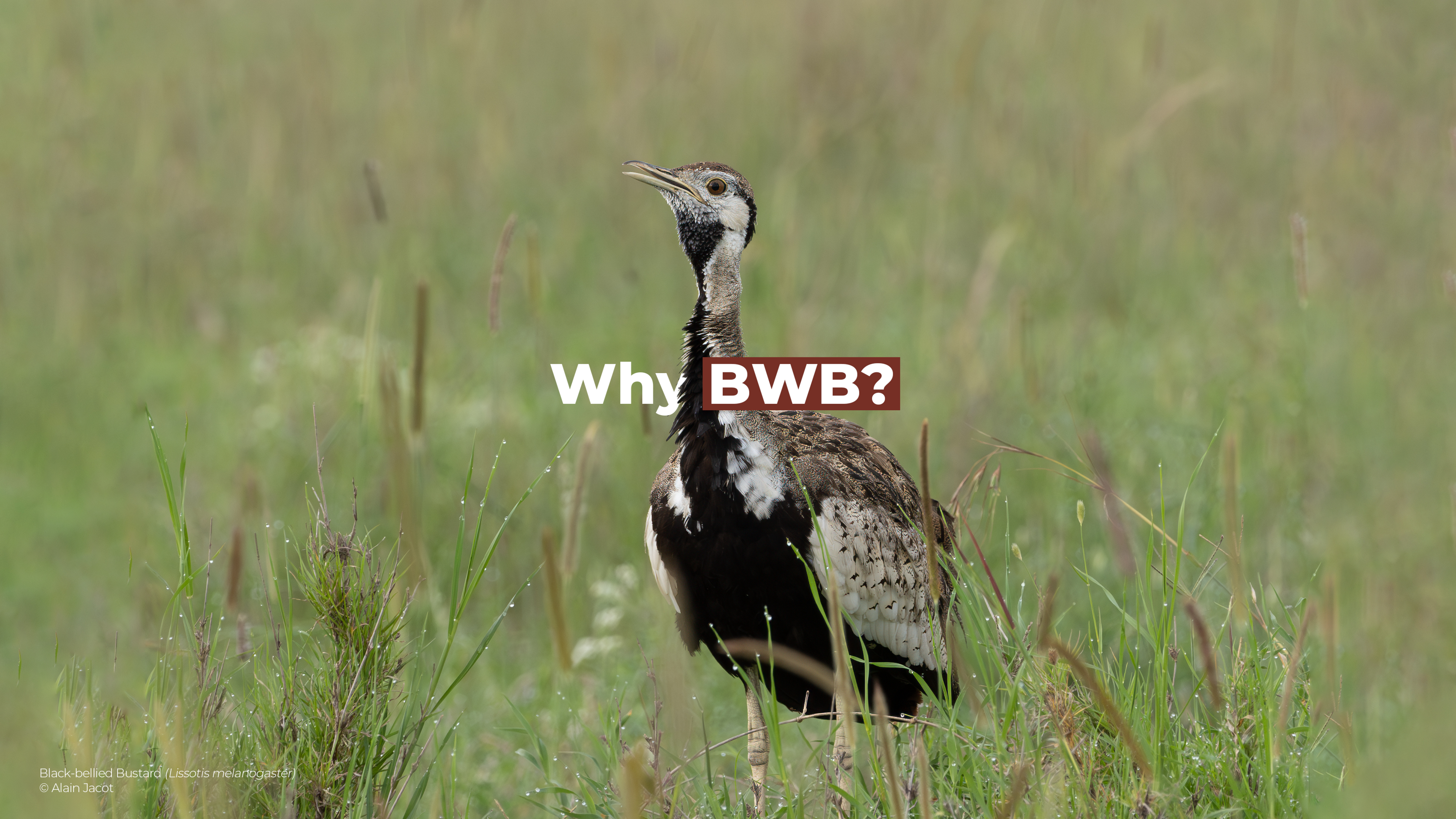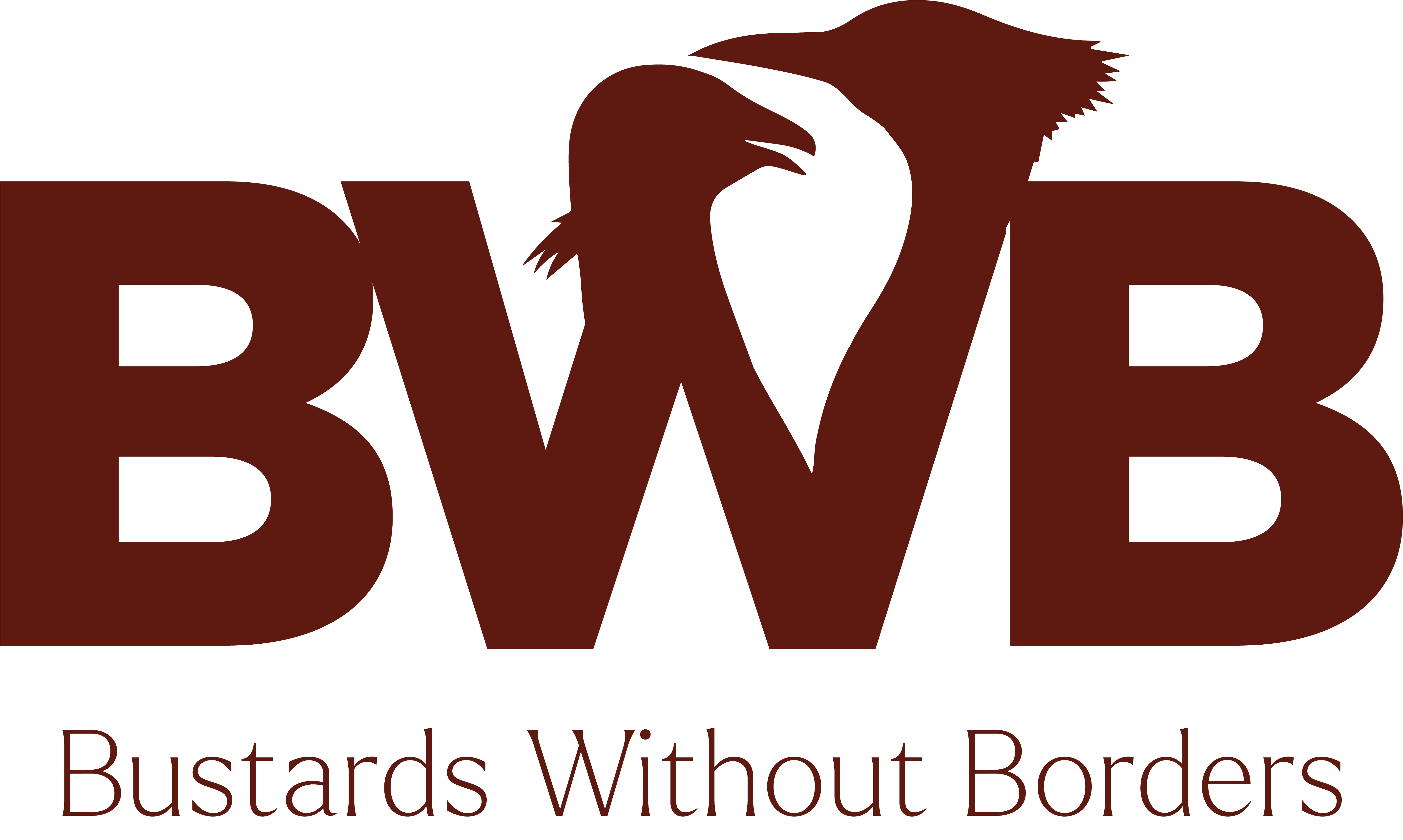
Bustards are the most imperiled family of terrestrial birds, with 60% of species listed as threatened or near threatened with extinction. Bustard populations are declining worldwide due to habitat loss from agricultural expansion and intensification, urbanization, and infrastructure development, compounded by hunting, power line collisions, and pesticide use.
Due to these sensitivities, bustards serve as indicators of healthy rangelands and sustainable agrarian landscapes: their conservation encompasses the protection of other declining grass- and shrubland species and ensures the productivity of the landscape for healthy human food supply.
Conservation strategies which focus on habitat protection, reducing illegal killing and unsustainable taking, and promoting sustainable land management are needed to reverse bustard population declines and ensure the preservation of these iconic species and their roles in our ecosystems.
Effectively addressing these issues requires a united and urgent effort involving diverse organizations and stakeholders from all areas with bustard populations working together under a common umbrella.


